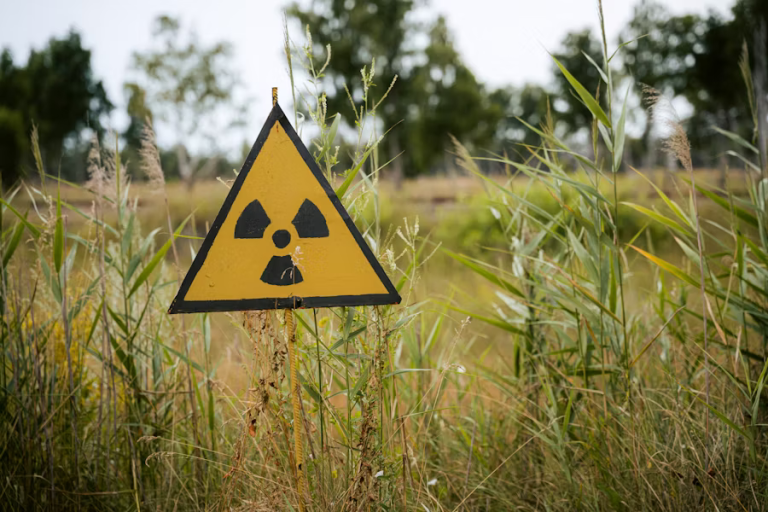BRICS at a Crossroads in a Shifting Global Order
Written by Elisa Garbil – 25.08.2025
In 2025, the BRICS grouping, originally composed of Brazil, Russia, India, China, and South Africa, stands at a pivotal juncture. Once a loosely aligned coalition of emerging economies seeking a louder voice in global governance, the BRICS have transformed into a more assertive and expanded formation, aiming to reshape the foundations of the international order. Yet as it evolves from a symbol of multipolar aspirations into an institutionalised bloc with geopolitical weight, the risks associated with its expansion, ambitions, and internal contradictions are becoming more visible and complex.
Listen to our episode with Yaroslav Lissovolik to find out more!
Expanding Influence, Expanding Friction
BRICS’ recent enlargement, incorporating countries such as Egypt, Ethiopia, Iran, Saudi Arabia, and the United Arab Emirates, reflects a strategic bid to assert collective influence beyond the confines of traditional Western-dominated platforms like the G7 and G20. This move has emboldened the group’s self-image as a representative of the Global South, offering an alternative to Western-centric global governance. However, beneath the surface of unity lies a fragile coalition held together more by dissatisfaction with the status quo than by a coherent or shared vision for the future.
The Different Risks:
The risks inherent in this expanding framework begin with the diversity of interests and political systems among its members. From democracies like Brazil and South Africa to authoritarian regimes like China and Iran, the spectrum is broad and often ideologically contradictory. This diversity complicates consensus-building and decision-making within the bloc, particularly as BRICS attempts to institutionalise its governance structures. Without mechanisms to harmonise divergent national interests, there is a real danger that internal incoherence will hamper effective collaboration and dilute its global influence.
Moreover, BRICS’ desire to challenge the dominance of the U.S.-led order through de-dollarisation and alternative financial architectures, such as the New Development Bank (NDB) and talk of a common BRICS currency, carries serious geopolitical and economic risks. Efforts to promote trade in local currencies and reduce dependency on the dollar are seen as steps toward financial sovereignty. Yet, practical implementation remains elusive. Currency instability, lack of convertibility, and the overwhelming dominance of the dollar in global trade transactions present formidable barriers. A miscalculated push toward de-dollarisation without solid monetary alternatives could destabilise fragile economies within the group, particularly those already struggling with inflation, debt, and low foreign reserves.
The expansion of BRICS also introduces tensions with existing global governance institutions. As the group builds alternative platforms and voices dissatisfaction with the UN Security Council, IMF, and World Bank, it risks deepening fragmentation in the international system. The creation of parallel institutions may offer short-term leverage, but in the long term could weaken global coherence, undermining collective action on transnational challenges like climate change, pandemics, and cybersecurity. The question remains whether the BRICS aim to reform the global order from within or replace it with a rival system. Either path invites uncertainty and geopolitical friction.
Additionally, the growing strategic ambitions of China and Russia within BRICS present another layer of risk. Both states view the group as a vehicle for challenging Western hegemony and legitimising their geopolitical agendas. China’s economic dominance within BRICS, now compounded by its Belt and Road Initiative and deepening ties with new members, raises concerns about Beijing’s ability to shape the bloc’s direction disproportionately. Russia, isolated by Western sanctions and heavily reliant on BRICS for diplomatic breathing space, has increasingly politicised the platform to garner support for its foreign policy narratives. This growing influence threatens to alienate members like India and Brazil, who favor a more balanced and non-aligned posture.
The resurgence of non-alignment as a strategic posture within BRICS reflects both a historical legacy and a contemporary necessity. Many BRICS states are keen to avoid being drawn into a new Cold War-style polarisation between China-Russia and the West. Instead, they envision BRICS as a platform for strategic autonomy: leveraging multipolarity to secure national interests without binding alliances. But this very ambiguity creates vulnerability. Without a unified geopolitical compass, BRICS may struggle to act cohesively in crises or coordinate meaningful policy responses beyond rhetoric.
On the economic front, the BRICS Economic Partnership Strategy 2025 outlines goals for deeper cooperation in trade, innovation, digital transformation, and green energy. While these ambitions offer promise, they are not without risk. Economic asymmetries among members, uneven technological capacities, and bureaucratic inefficiencies could undermine these plans. Furthermore, member states’ reliance on extractive industries and commodity exports, especially among newly joined oil-rich nations, may trap the group in outdated economic models at odds with sustainability imperatives.
In particular, climate governance emerges as a critical fault line. Despite pledges to prioritise climate resilience, BRICS’ track record on environmental cooperation remains fragmented. Fossil fuel dependency, divergent transition timelines, and domestic political pressures obstruct unified climate action. If BRICS fails to present a credible and coordinated approach to the green transition, it may forfeit legitimacy among Global South nations increasingly vulnerable to climate-related disruptions.
The integration of Middle Eastern actors, particularly Saudi Arabia and the UAE, introduces both opportunity and volatility. On one hand, their participation enhances BRICS’ economic leverage, especially in energy markets. On the other hand, regional rivalries and competing allegiances, especially regarding U.S. military and economic ties, could sow discord within the bloc. The presence of Iran, under sanctions and often in confrontation with the West, adds another layer of complexity, potentially entangling BRICS in regional conflicts that do not serve the broader group’s interests.
A Symbolic Force or a Substantive One?
Despite these risks, the emergence of BRICS as a global player signals an undeniable shift in international politics. The bloc’s very existence challenges the assumption that liberal institutions and Western norms are the inevitable framework for global order. By offering a space for dialogue, infrastructure financing, and diplomatic alternatives, BRICS meets a demand, especially in the Global South, for more inclusive and representative international platforms. The risk, however, is that in attempting to be everything to everyone – balancer, challenger, reformer, and shelter – the bloc may end up ineffective at all.

The Stakes of Multipolarity
Ultimately, the future of BRICS hinges not on its size or rhetorical ambitions, but on its ability to navigate internal contradictions, external pressures, and strategic clarity. To fulfill its promise as a legitimate force in global governance, the bloc must develop institutional robustness, coherent policy frameworks, and a willingness to prioritise shared interests over parochial agendas. Otherwise, it risks becoming a hollow counterweight, symbolically potent but substantively weak.
In a world increasingly defined by fragmentation, shifting power centers, and contested narratives, BRICS embodies both the potential for recalibrating global governance and the perils of incoherence. Its trajectory will shape not only the balance of international power but also the viability of multipolarity as a sustainable global model. Whether it matures into a constructive force or fractures under the weight of its own contradictions remains one of the most critical questions in the evolving global landscape.



